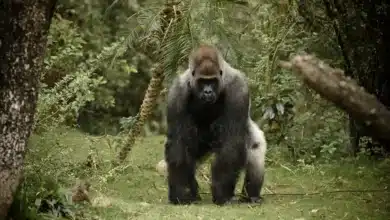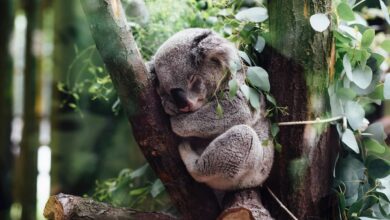Inside the World of Wild Crocodiles
Wild Crocodiles, among other predators, are the most feared creatures on Earth. They are particularly terrifying because they can attack suddenly and silently. Crocodiles, unlike many other predatory animals that rarely attack humans, are an exception. They are known for attacking humans on purpose and can cause up to 1,000 fatalities each year. Even cannibalism has been observed.
Crocodiles don’t have a particular diet. Crocodiles eat everything, from insects, fish, birds, reptiles and small mammals to alligators and caimans. There are 14 species of crocodiles recognised, but there are many more in the Crocodilia family, which also includes alligators and casimans. The saltwater crocodile is the biggest and most dangerous of them all.
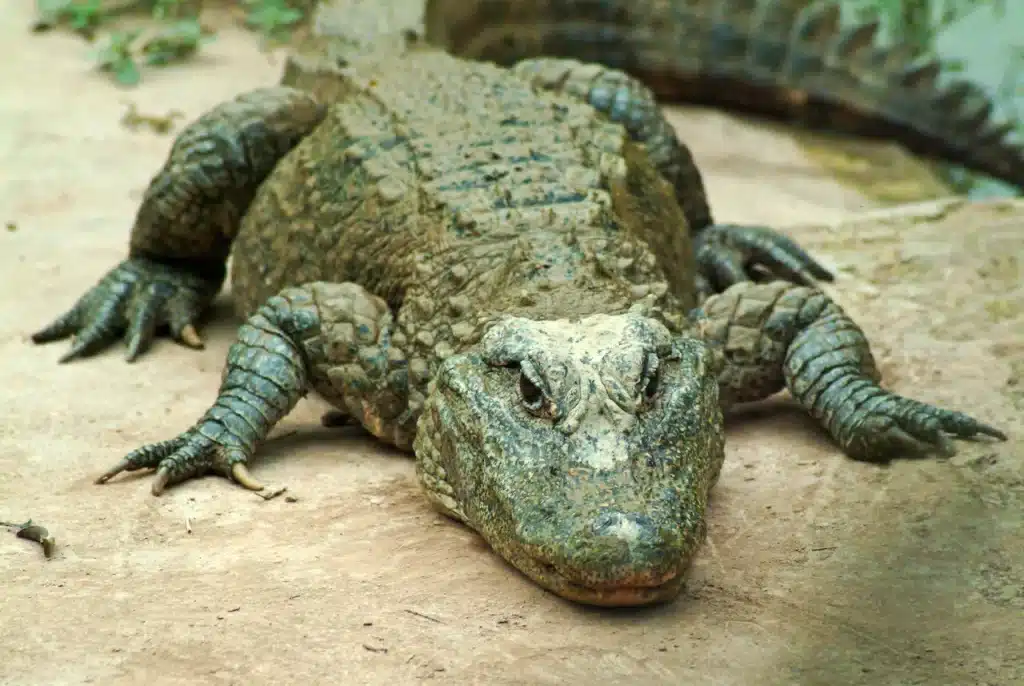
Evolutionarily, saltwater crocodiles have been around for a long time. They are the largest reptiles alive today. The males can reach up to 23 feet, while the females usually don’t exceed 10 feet. The name is derived from the Ancient Greek krokodilos, which means lizard. They have the strongest ever recorded bite, with 66 teeth, including five-inch canines, and a 3,700 psi bite force. This is more than twice as strong as a hippopotamus. The more I find out about them, they seem to be more frightening.
Crocodile Behavior
They are nocturnal creatures that spend most of their time on the water. However, they can also travel by land. Adult crocodiles eat mammals, birds and fish. Human attacks are rare, and they’re not typical.
The hunter ambushes prey, using powerful jaws with pressure-sensitive receptors. Crocodiles can leap quickly and catch their prey by waiting near the edge of the water. The larger ones tear food apart with the “death rolls”. The sunbathes to warm up, and then seeks shade or water to cool down.
Crocodiles use hisses, grunts and roars to communicate, particularly during reproduction. Hatchlings squeak to indicate distress. The purpose of the chemical signals they release is not fully understood. Crocodiles are intelligent despite their small brains. Some captive crocodiles recognise and respond to human touch.
Crocodiles are The Most Dangerous Predators in the Wild
Crocodiles are the top predators in their environment, and they have a wide range of prey including mammals, birds, fish, amphibians reptiles. They are opportunistic predators and eat a variety of prey, including amphibians, birds, fish, and reptiles. Crocodiles don’t have a reputation for being picky, but they are notorious for eating their prey in its entirety, including the bones, hooves and all. This is due to their powerful stomach acids.
They rely heavily on surprise and stealth in their hunting strategies. Crocodiles have mastered the art of ambush. They lie motionless in the water and are almost invisible, waiting for unwary animals to get too close. They can hold their breath up to an entire hour and launch a powerful attack when the time is right. They are among the most powerful hunters in the animal world because of their combination of power, precision, and patience.
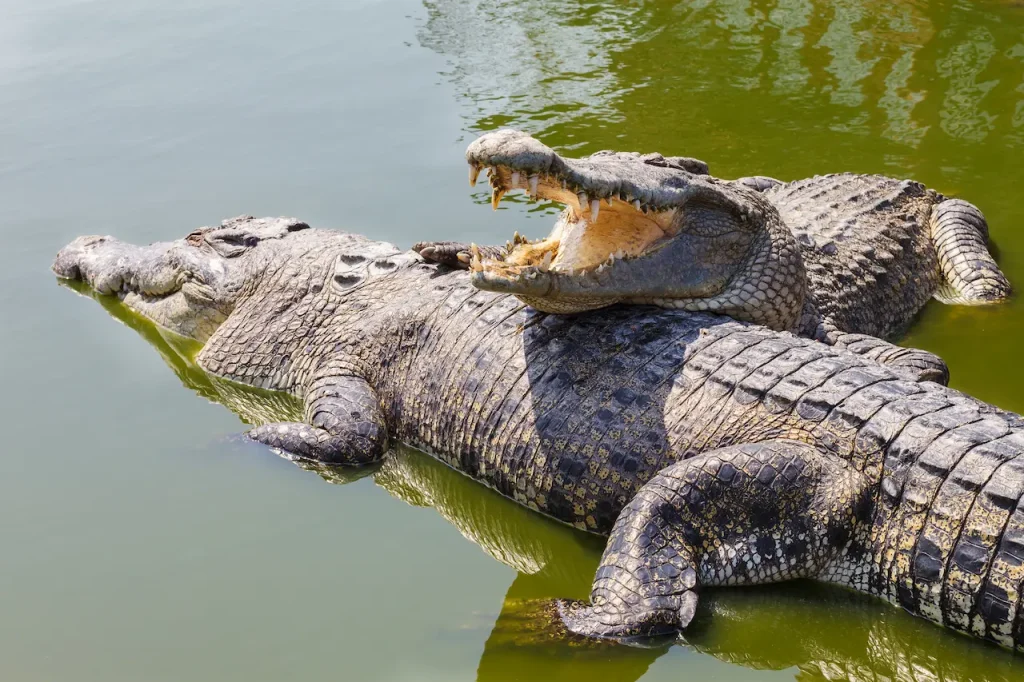
Where do Wild Crocodiles Live?
Crocodiles can adapt to a variety of aquatic environments and thrive. Their typical habitat in Queensland stretches all the way from the Boyne River just south of Gladstone up the east coast, across the far north and northwest Queensland and to the Northern Territory. There are no exact boundaries, but this is the area where most crocodiles can be found.
They can be found in both saltwater and freshwater habitats, often hundreds of kilometres from the coast. They can be found in rivers, creeks (including the mouths of rivers), swamps, lagoons and billabongs. Also, they are known to inhabit beaches, coastal waters, and offshore islands such as the Great Barrier Reef or Torres Strait. Crocodiles can be found in tropical and subtropical areas, lurking under mangroves or cruising along remote coastlines.
What is the difference between Crocodiles and Alligators?
Alligators and crocodiles look similar, but there are some differences. The snouts are a good way to distinguish them. Crocodiles tend to have long, thin, V-shaped noses, while alligators usually have wider, U-shaped snouts. When a crocodile closes its mouth, the large fourth lower teeth stick out. The teeth of an alligator are hidden by its closed mouth because its upper jaw overlaps its lower.
The habitats of these animals are also different. Alligators only inhabit the southeast United States and eastern China. Crocodiles, on the other hand, are found throughout a wider range of areas, including Africa and Australia. They are also native to Southeast Asia and North America. Crocodiles can live in both freshwater and saltwater environments thanks to the salt glands located on their tongues. Alligators are confined to freshwater environments like rivers and swamps.
Crocodiles tend to be more territorial and aggressive than alligators. Once you know how to identify them, this, combined with their larger habitat range and physical differences, makes it easy to tell the difference between the two.
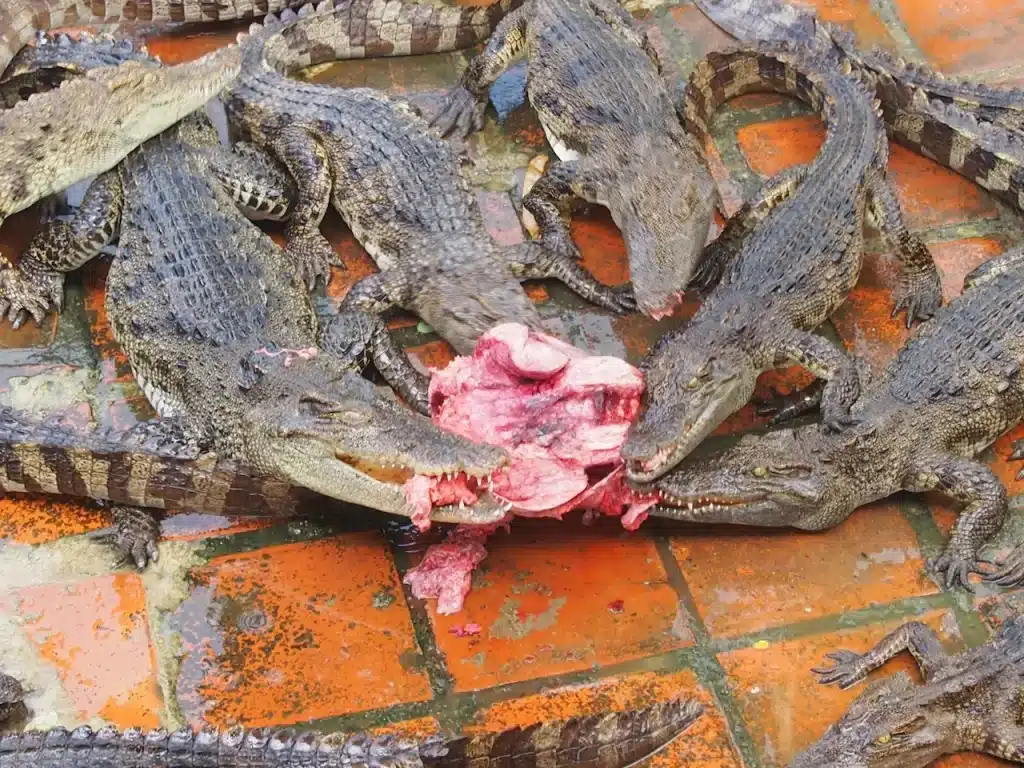
The Role of Saltwater Crocodiles in the Ecosystem
The saltwater crocodiles (also known as “salties”) play an important role in maintaining the balance and health of coastal and estuarine ecologies. They are apex predators that help maintain the balance of ecosystems by preying upon fish, birds and mammals. This helps to prevent overpopulation and promote biodiversity. They are also valuable indicator species because they can detect changes in temperature, water quality and habitat conditions. Monitoring the rocodile population can provide important insight into the health of their environment.
Salties are habitat engineers. These burrows are used for nesting, shelter and refuge. They also provide safe nesting sites and refuges to other species. Crocodiles also contribute to nutrient recycling. By consuming their prey and releasing their waste, they return vital nutrients to the ecosystem and support plant growth and aquatic productivity. These behaviours, taken together, make saltwater Crocodiles important players in maintaining the ecological integrity of native habitats.
